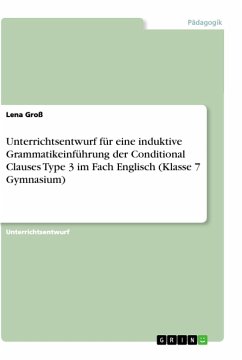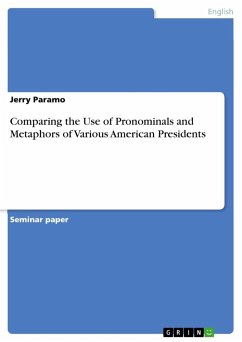Seminar paper from the year 1994 in the subject English Language and Literature Studies - Linguistics, grade: 1, Otto-von-Guericke-University Magdeburg, course: Englische Grammatik, language: English, abstract: A complex sentence consists of a main clause and a subordinate clause which functions as subject, object, adverbial or complement. "When you mention something or someone in a sentence, you often want to give further information about them. One way to do this is to use a relative clause." My explanations are based on several literatures. I used the Grammar books by Sinclair, Quirk and Swan. The examples I used I also took from school grammar books and textbooks. We distinguish three types of relative clauses: - (adnominal) relative clauses- nominal relative clauses and - sentential relative clausesYou get further information especially on adnominal relative clauses and some additional points on nominal relative clauses. But adnominal relative clauses are the central type ofrelative clauses.Moreover we distinguish two kinds of adnominal relative clauses:- defining relative clauses- non-defining relative clauses.Relative clauses are introduced mostly by relative pronouns. They can function as subjects or objects of verbs in the relative clause and they join sentences together.








